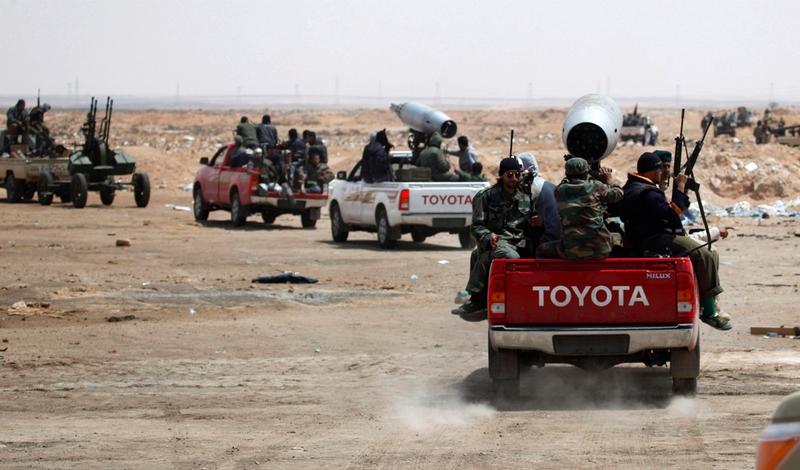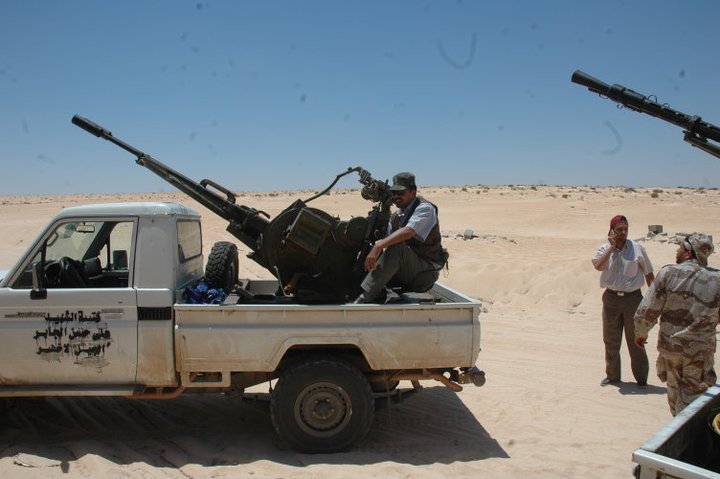San-Silvacian wrote:Leslau wrote:Sounds interesting. My army will need about 150 of them, with 40 at last equiped with anti tank gun and at last 5 in command variant.
You'll most likely want a series of wheeled vehicles then.
I could sell you some new VBCI's without the turret and all that silliness.
Have them fitted witha 40mm grenade launcher and 7.62 or 12.7mm machine gun RWS.
AT variant could AMX-10RCs.
Command version is pretty easy to.
If we're marketing, I have a handy 8x8 that can satisfy your requirements too.







